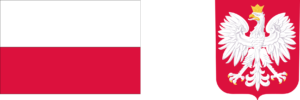The power systems of Lithuania, Latvia, and Estonia have been operating in so-called isolated mode since Saturday. Further technical tests are planned for Sunday. The culmination of this process will be full synchronization through the LitPol Link connection between Lithuania and Poland.
Lithuania, Latvia, and Estonia successfully conducted tests of their ability to maintain frequency in their power systems. On Saturday morning, the Baltic States disconnected from the post-Soviet IPS/UPS system controlled from Moscow for the first time in history, switching to isolated mode. As reported by transmission system operators Litgrid, AST, and Elering in the evening, the tests went according to plan.
The tests included disconnecting and reconnecting selected generation sources, such as the 455 MW Elektrėnai gas-fired power plant in Lithuania. The network’s operating parameters were maintained, which was confirmed by the response of the power systems. The operators also assured that energy supplies were never at risk.
A key moment on Saturday was the complete cessation of electricity flows from Russia, Belarus, and the Kaliningrad region at 8:09 a.m. Polish time. From that point on, the Baltic States took full control of balancing their power systems. The isolated mode was scheduled to last until Sunday afternoon.
On Sunday, further technical tests were planned, focusing on maintaining voltage in the network. The highlight of the process will be full synchronization with the European synchronous system (CESA) via the LitPol Link connection between Lithuania and Poland. According to the operators, synchronization is expected to occur around 1:00 p.m. Polish time. The temporarily disconnected LitPol Link will resume operation as part of the Continental European area.






